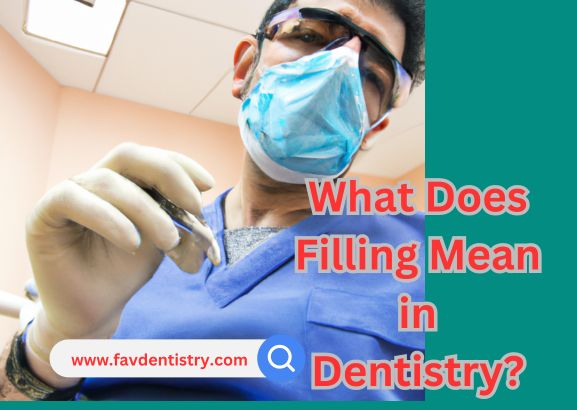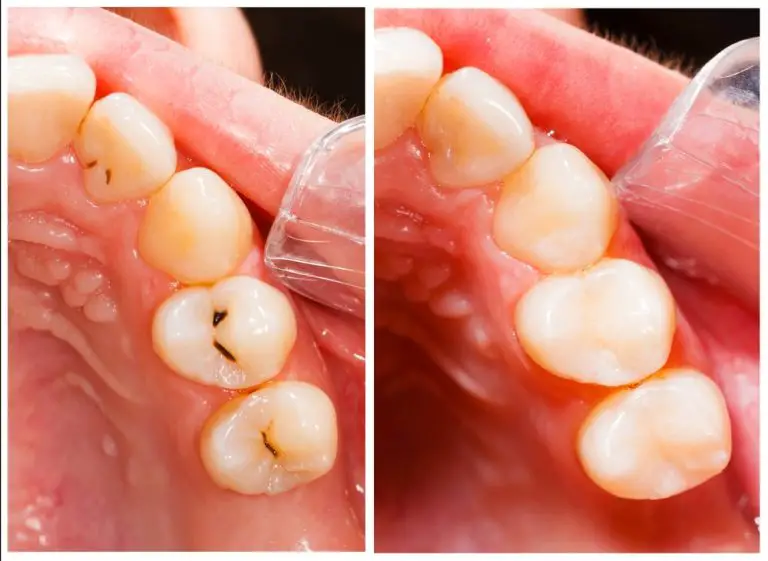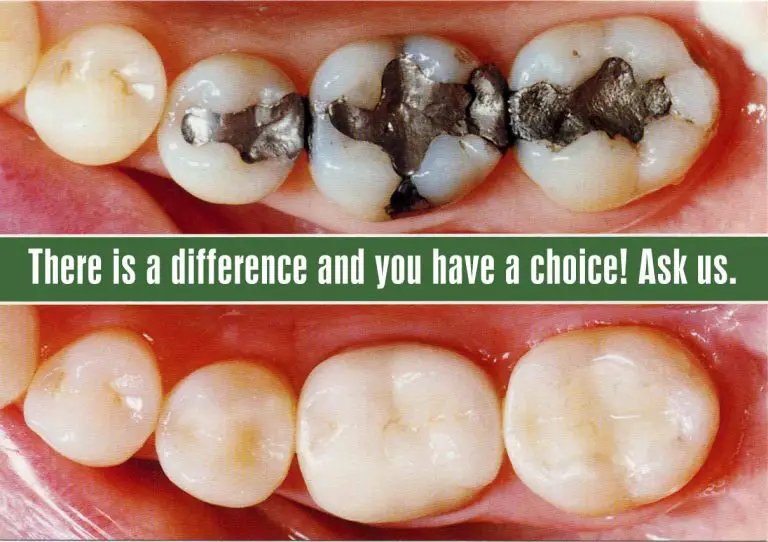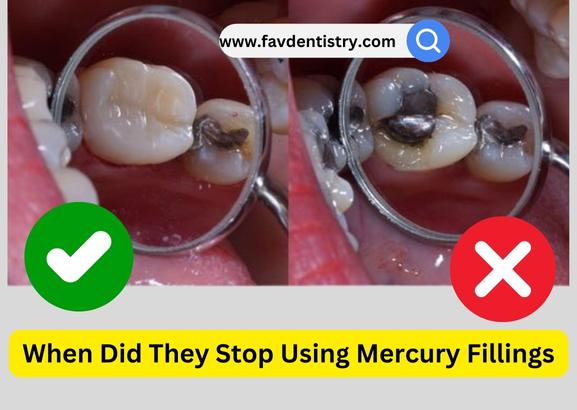Last Updated on 3 weeks by Dr. Michelle G. Brito
Tooth-filling side effects are not common but can include pain, sensitivity, and inflammation. Most people who have tooth fillings experience no problems.
Are you considering getting a tooth filling? While fillings are a common dental procedure, it’s important to be aware of the potential side effects before you make your decision. The most common side effect of tooth fillings is sensitivity.
This can occur when the filling material comes into contact with your nerve endings. The sensation may be temporary or it may last for several weeks. If you experience sensitivity, your dentist may recommend using a desensitizing toothpaste or taking over-the-counter pain medication.
Another potential side effect is gum irritation. This can happen if the filling material doesn’t fit properly or if it’s too high on your tooth. Gum irritation usually goes away on its own, but you may need to see your dentist for adjustment if the problem persists.
It’s also possible to have an allergic reaction to the filling material itself. Symptoms of an allergic reaction include itching, redness and swelling in the mouth and gums. If you think you might be allergic to your filling material, talk to your dentist about switching to a different type of filling or another dental treatment option entirely.
In rare cases, tooth fillings can lead to infection in the surrounding teeth or gums. This is more likely to occur if you have pre-existing gum disease or if there was decay present in your tooth before it was filled. Signs of infection include pain, redness and swelling in the mouth and gums .





